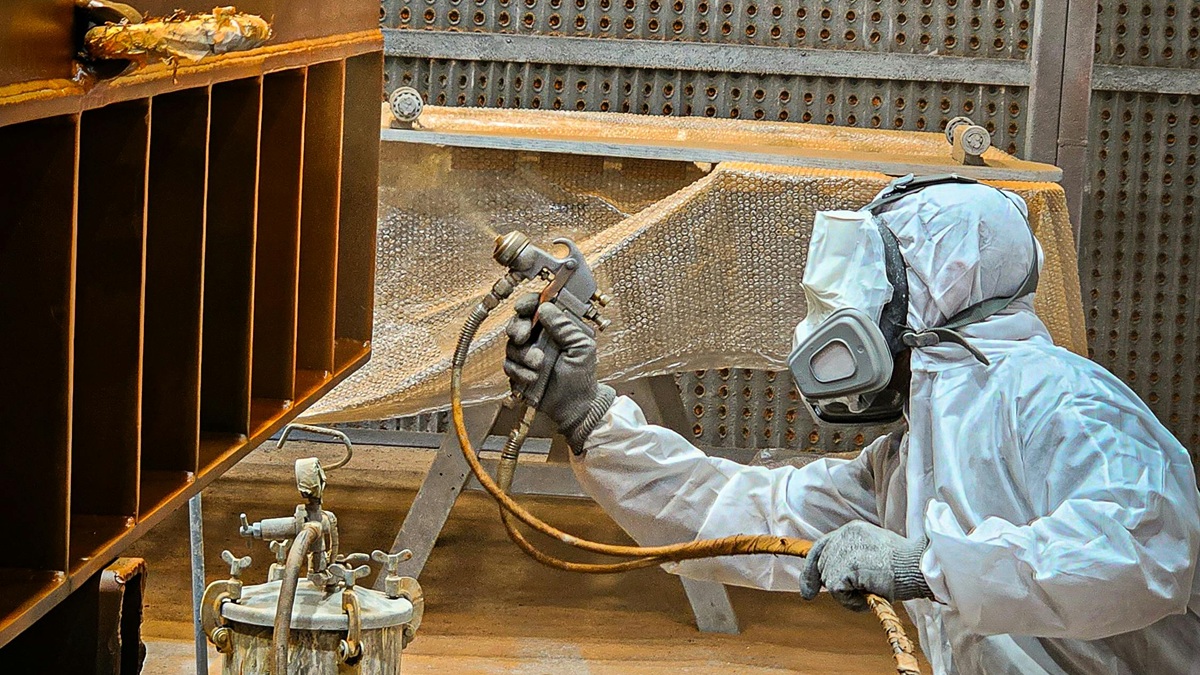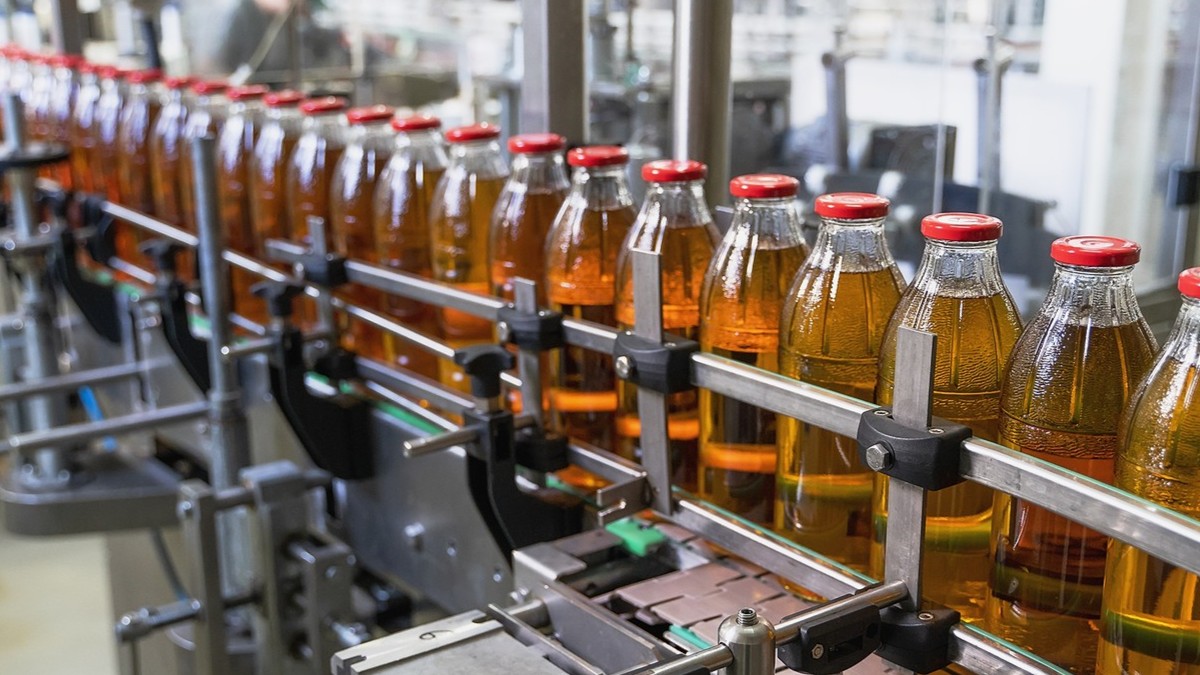As the world transitions toward a more sustainable future, the role of plastic recycling has become increasingly crucial. While traditional mechanical recycling still dominates, it faces limitations in handling contaminated or mixed plastic waste. In contrast, chemical recycling is emerging as a transformative solution capable of processing complex plastics, producing high-purity outputs, and enabling a truly circular economy.
Key Technologies in Chemical Recycling
Chemical recycling generally includes three core methods:
- Purification
Removes contaminants and additives from plastics to restore them to near-virgin quality. This method is suitable for materials with relatively intact polymer structures.
- Decomposition
Breaks down polymers into monomers (e.g., PET into ethylene glycol and terephthalic acid), which can be re-polymerized into new plastics.
- Conversion
Transforms plastic waste into fuels or other valuable chemicals through pyrolysis, gasification, or hydrocracking.
These technologies open the door to processing hard-to-recycle plastics, such as multilayer packaging or contaminated containers.
Benefits and Challenges of Chemical Recycling
Advantages
- Capable of Processing Complex Plastic Waste:
Chemical recycling can handle mixed or contaminated plastics that mechanical methods cannot process, such as multilayer packaging or composite materials.
- High-Quality Output:
The recycled materials are nearly identical in quality to virgin plastics, making them suitable for high-value applications like food-grade packaging.
- Infinite Recyclability:
In theory, chemical recycling allows plastics to be broken down and reused repeatedly, enabling a truly closed-loop circular economy.
Challenges
- Higher Costs:
Chemical recycling processes generally require more energy and complex equipment, making them more expensive than mechanical recycling.
- Technology Maturity:
Different types of plastics require different chemical processes, and some of these technologies are still in early stages of commercialization.
- Byproduct Management:
Certain chemical recycling processes may generate byproducts or emissions that require additional treatment.
Chemical recycling is not a one-size-fits-all solution. However, as a complementary technology to mechanical recycling, it plays a crucial role in maximizing plastic recovery rates, reducing landfill waste, and enabling broader circular economy goals.
Industrial Applications of Chemically Recycled Plastics
Chemically recycled plastics are already being used across a range of industries:
- Packaging:
Recycled materials are used in food containers, plastic wraps, and beverage bottles.
- Textiles:
Chemically recycled polyester fibers are applied in clothing and outdoor gear.
- Automotive:
Used in interior panels, flame-retardant components, and more.
- Construction:
Applications include piping, flooring tiles, and insulation materials.
As environmental regulations tighten globally, the demand for chemically recycled plastics is expected to grow rapidly. This shift reflects a broader industry movement toward sustainable, circular manufacturing practices.
Global Industry Leaders Invest in Chemical Recycling Innovation
To secure long-term growth and overcome the limited availability of recycled plastics, global brands like Adidas, Unilever, Procter & Gamble, Danone, and Interface have signed partnerships with chemical recycling companies.
Leading chemical producers such as Indorama and SABIC have also made strategic investments in chemical recycling firms including the UK-based Plastic Energy Ltd., Loop Industries, Ioniqa, and multinational players like BASF, Eastman Chemical, and LyondellBasell. These efforts highlight the critical role of chemical recycling in achieving sustainable, closed-loop manufacturing.
A Future Driven by Innovation and Sustainability
Chemical recycling represents a promising frontier for plastic sustainability. While it faces challenges in cost and scalability, its ability to recover difficult-to-recycle plastics with high output quality makes it a valuable part of the recycling ecosystem. Governments, manufacturers, and technology providers must work together to invest in R&D, build infrastructure, and scale viable solutions.



.jpg)










.jpg)